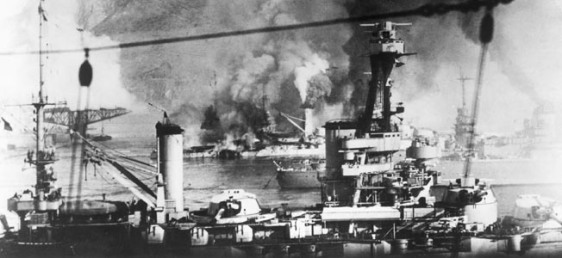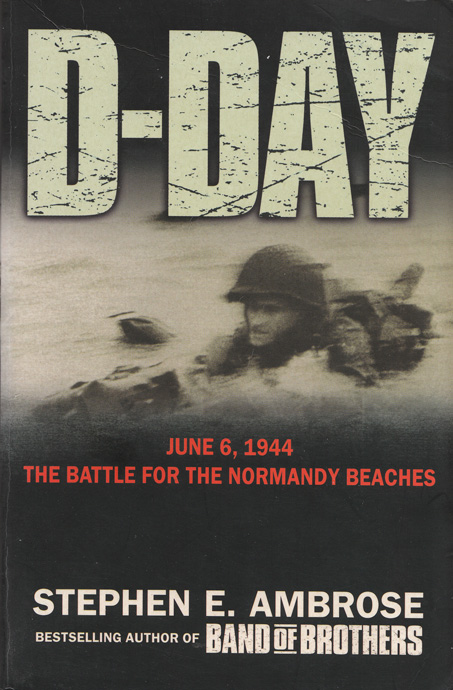It was my birthday a few weeks back, and I ended up sitting in an old World War Two “aircraft mess hall”, chatting about Battleships, and my uncle’s US Army Jeep!
Battleships
Our conversations revolved around HMS Hood, and the Iowa class battleships 🙂 My Uncle’s point, was that HMS Hood was lost, because she didn’t have enough deck armour.
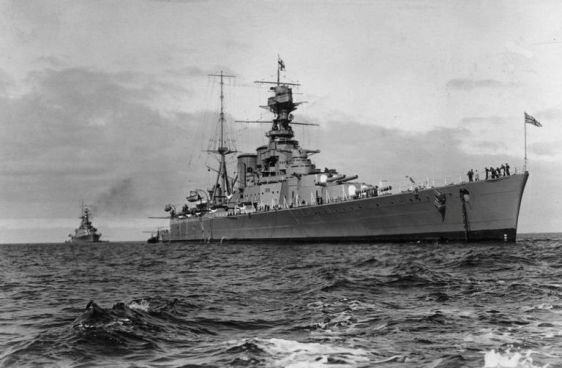
HMS Hood – The Pride of the Royal Navy
I agreed with him! Yet our conversation, turned into a comparison of HMS Hood, to the Iowa class battleships:
- HMS Hood’s decks were thinly armoured, with even the “thickest armour” being only 3 inches thick. Iowa on the other hand, had 6 inches of deck armour; which appears to have become the “standard” in the later stages of World War Two. Very simply, 6 inches of deck armour, could resist “plunging shell-fire”; whereas 3 three inches could not. Though in HMS Hood, did the thicker 3 inch armour only occur over the vitals; in the Iowa class, do I believe that the 6 inch thick deck armour occurred “everywhere”.
- HMS Hood had up to 12 inch thick belt armour, whilst the Iowa class had 12.1 inch thick belt armour. These seem comparable, yet I suspect that the Iowa class’s belt armour, was more uniformly distributed; based upon the American “all or nothing” armour principle. In HMS Hood, her belt armour thinned as it approached the deck, to be only 5 inches thick, which was likely “too thin”. I believe that the Iowa class did not, as their belt armour went “right to the deck”.
- HMS Hood’s top speed was 32 knots, where as Iowa’s is 32.5 knots. These seem directly comparable, as both warships were designed for speed [Hood “just to be fast”, Iowa “to keep up” with aircraft carriers in the battle-fleet]. Yet neither can wholly claim the title “fast battleship”, because Hood did not have enough armour, and Iowa’s armour, only sought to maximise “speed and hitting power”. Although in iron-sight, the Iowa class is regarded as “one of the best battleship designs ever”.
- Given the fact that both HMS Hood, and USS Iowa displaced around 46,000 tonnes [during World War Two], it seems to me, as though their “comparable in size”. Therefore, I suspect that the differences between their “protection levels”, stems from the “new ideas” to battleship armour arrangement, that evolved between 1920 [when Hood was built], and 1940-1944 [when the four Iowas were built].
It was great fun comparing Hood to the Iowa class 🙂
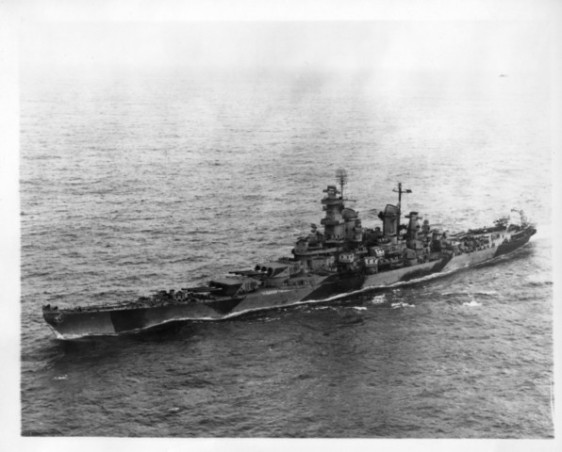
USS Iowa – World War Two
US Army Jeep
For many years now, my uncle has restored his US Army Jeep. It’s his “prised possession”, which he normally heads to Normandy in:
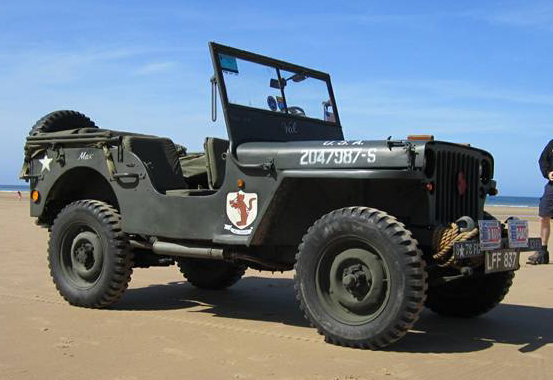
My uncles US Army Jeep – On Omaha Beach (2014)
We’d arranged to be going on a trip in her last year, but my uncle “had to cancel”, because one of the rear drive shafts had snapped [the long one]. He had to fix her, but had to wait a while, before he could get the driveshafts [he replaced both the rear ones]. Generally though, he has no problem getting spare parts, which surprised me! Some highlights of our conversation:
- How can you drive any great distance in this? The suspension is like the “stone age”. At least it was to me, last time I was in her! Though this does not deter me from my future trip; but saying that, maybe I’ll just let my friend go for the ride?
- Have you sorted out the welding yet? At some point in the years after World War Two, somebody decided to weld the chassis together 😦 This may not seem like “too much of a problem”, but it is: as the chassis was designed to be bolted together (so that parts from “damaged vehicles” could be easily inter-changed). This has complicated some of the maintenance that has been done on her over the past few years. My uncle knows it’s a “big job” to fully fix the chassis, so he doubt’s it shall get done now.
- Reminiscing over a memory of 2013’s ride in her. My uncle’s jeep includes a canvas cover; and when that canvas cover is pulled up, I tend to experience, what I believe many war combatants have also experienced: were safe lads!
- Realisation of a dream, as my uncle wanted to: drive his jeep to the “same place” that appears in an old World War Two photograph [showing a US Army Jeep]; and take the same photo, only many years later. He’s now achieved this!
It was great fun talking about my uncle’s World War Two Jeep 🙂 Although, before I get to ride on her again, he needs to sort her head gasket out, as it’s leaking!
